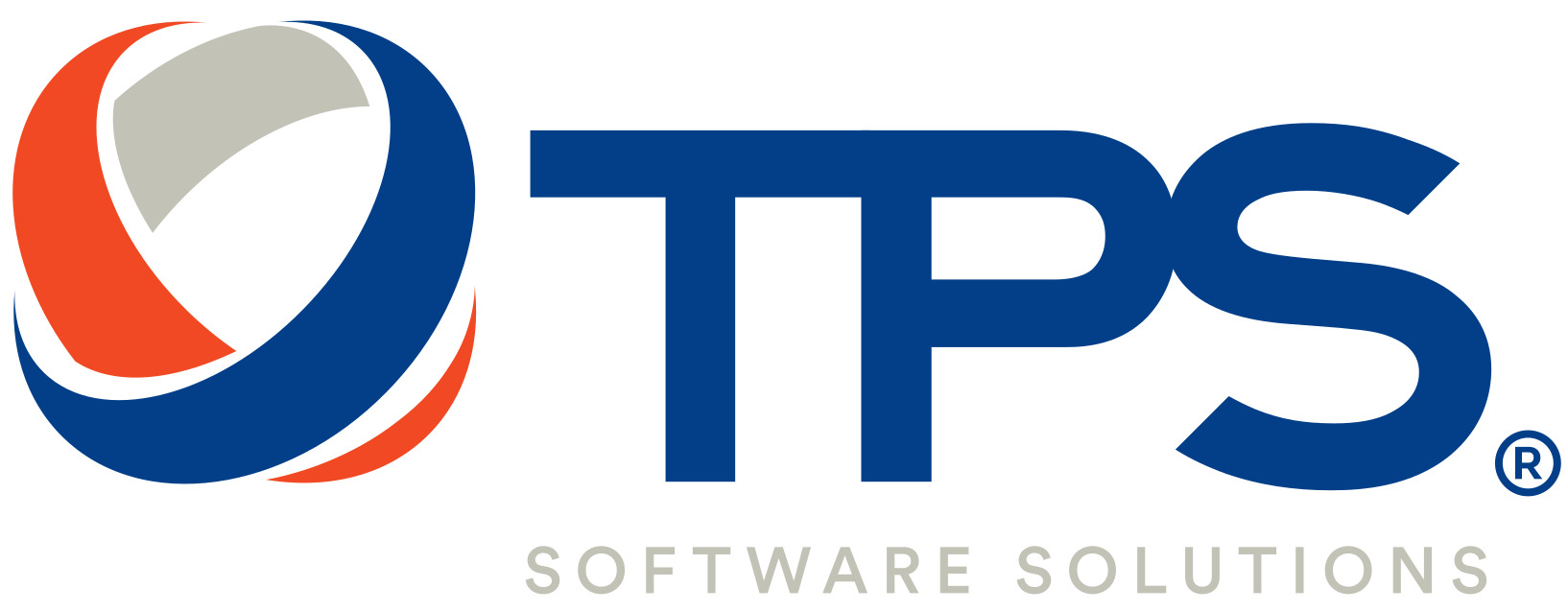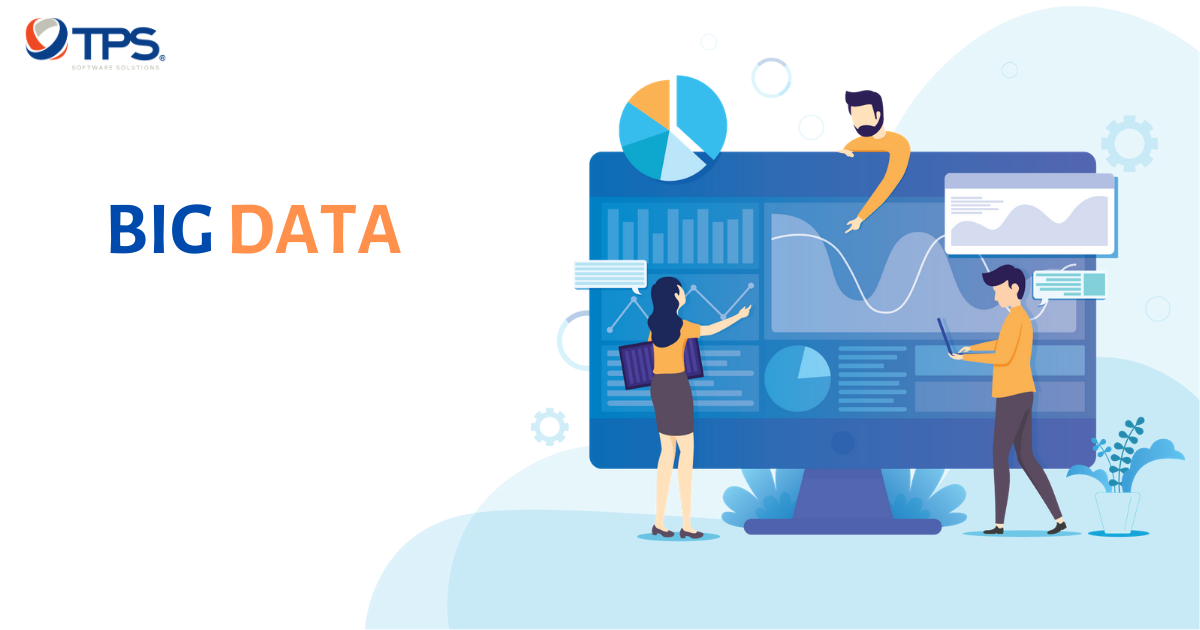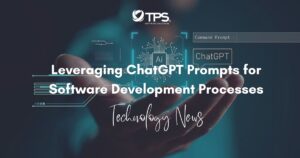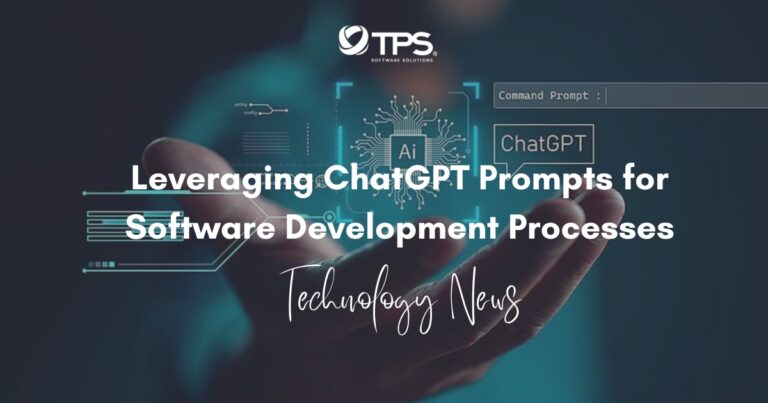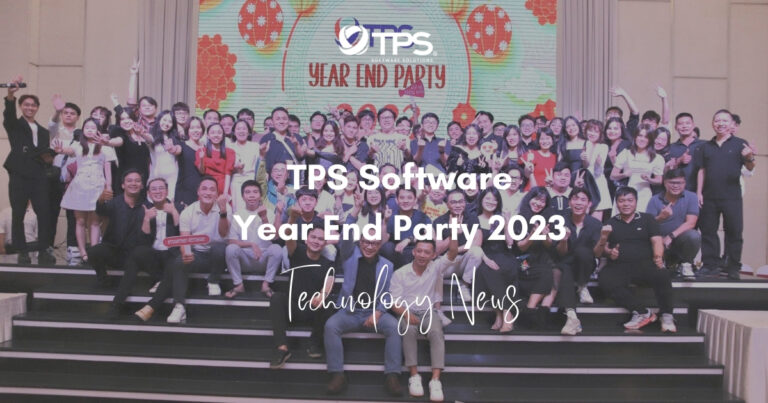In the 4th Industrial Revolution, Artificial Intelligence, Big data, Machine Learning, or Cloud computing are top technology trends. And it is Big Data is the source for the development of all those technologies.
So what is Big data? And how to be a data scientist? Let’s check it out through the article below!
What is Big Data?
Firstly, let’s start with the definition of data? Data are different types of information such as sets of quantities, characters, or symbols on which the operations are performed by computers, stored and transmitted as electrical signals and recorded on magnetic recording media, optical or mechanical instruments.
Data are by database management software such as MySQL, MS SQL Server…, and by how to design tables, relationships between tables, primary keys…
When the amount of data is not only limited to hundreds, thousands but up to millions, billions …, the concept of Big Data was born. In specialized terminology, Big Data is extremely large data sets that can be computationally analyzed to reveal patterns, trends, associations, particularly related to human behavior and interactions.
In recent years, the volume of big data has skyrocketed. Users have been generating enormous amounts of data. With the advent of the “Internet of Things” (IoT), multiple objects and devices are connected to the Internet and collect data about customer behaviors, and product performance. This has created more data.
Big data often consists of data sets with a size beyond the capabilities of conventional software tools to collect and manage. They are not just relational data demonstrated in certain sheets but unrelated data, randomly generated by the user… called NoSQL.
What is Big Data Analysis?
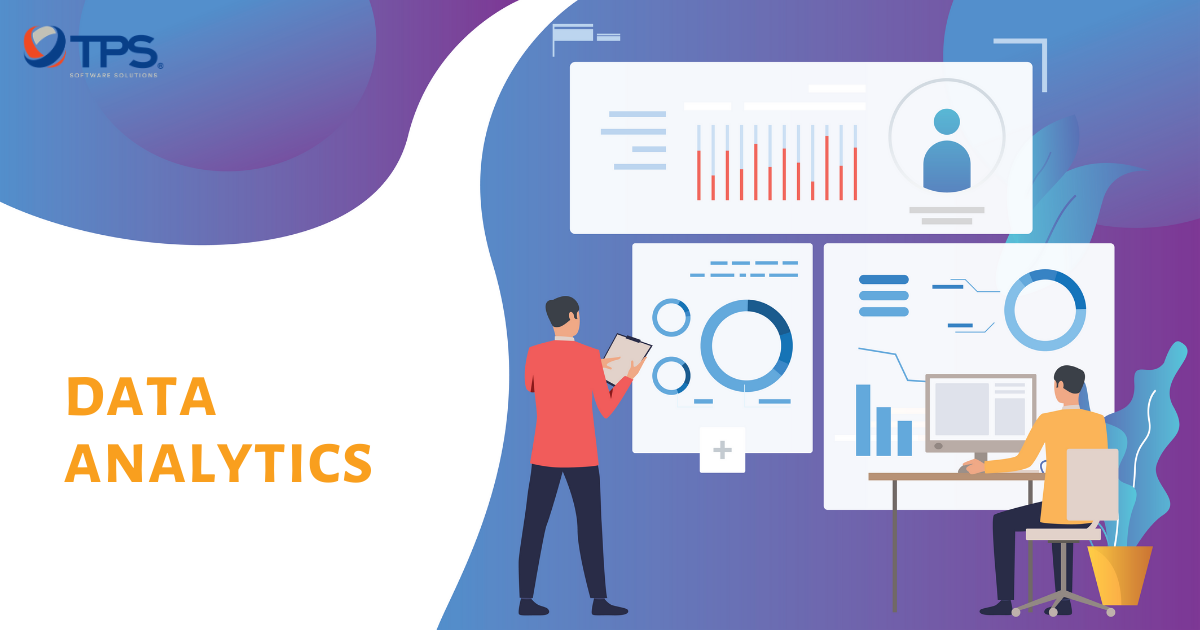
Phân tích dữ liệu lớn
Data collected then should be used. So to transform data into valuable information, data must be analyzed
For example, you have an e-commerce website and it collects data of many customers from email addresses, names, interests, locations, genders,…
Next, you need to learn: how many percents of users are male? Who are the potential customers? What are your customer’s behaviors? …
Data analysis helps drive to those insights from which managers can make a strategic decision for the development of the company.
In short, data analysis is the process of evaluating data with analytical and statistical tools to uncover useful information and assist in business decision-making.
There are some data analysis methods as below:
- Data Mining
- Text analysis
- Business intelligence
- Data visualization
Main features of Big data:
- The volume of data. Organizations collect data from a variety of sources, including business transactions, social media, and information from sensors or machines. Previously, the storage of large amounts of data was a big problem, yet, thanks to new technologies ( e.g. Hadoop) which have streamlined the storage.
- Variety of data. Since data is available in all sorts of formats, including structured words, numeric data in traditional databases and unstructured text documents, email, video, audio, stock market data, and financial transactions.
- The velocity of processing and analyzing data. Thanks to inventive technologies: RFID tags, sensors, and smart metering accelerate the process data streams in almost “real-time”.
Specific technology for Big Data:
Big data is valuable, but the typical relational databases such as Oracle, SQL Server, DB2, etc., cannot process. Thus, the invention of big data storage and processing is required. Some tools are presented to analyze, process, and extract information from an extremely large and complex set of data.
They are divided into 4 types
- Data saving
- Data Mining
- Data analysis
- Data visualization
Big Data Technologies
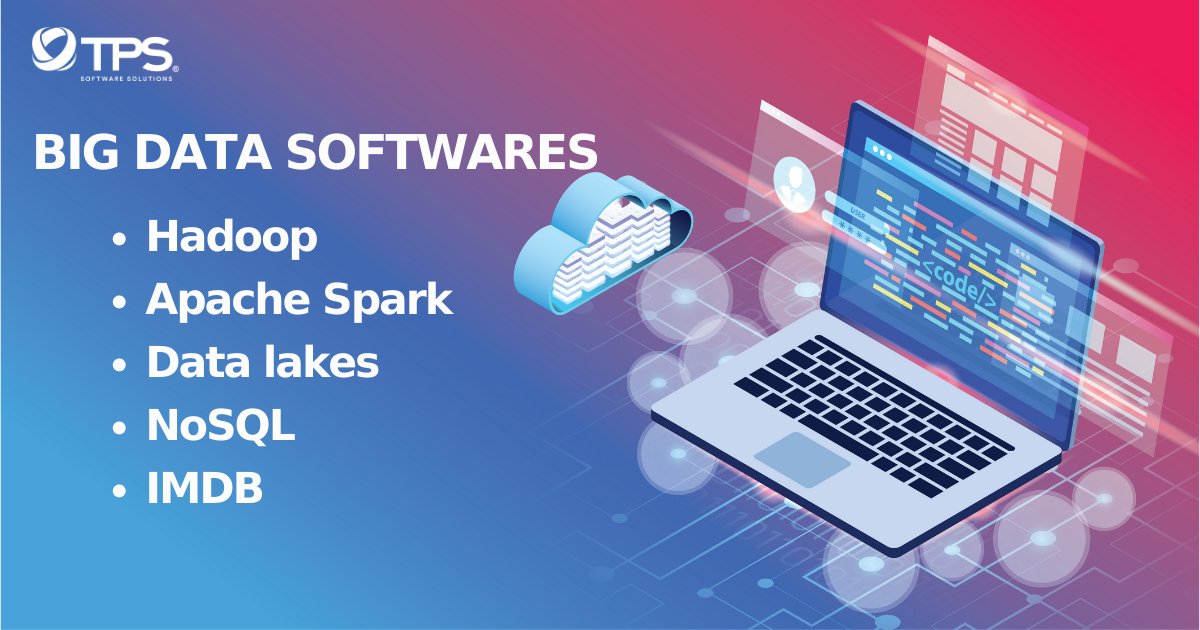
Big Data Softwares
- Hadoop
Hadoop is one of the featured technologies of Big Data.
The Hadoop Software Library is a framework enabling the distribution of large datasets across groups of computers using a single programming model. It is designed to scale from a single server to thousands of others, each of them provides local computing and storage
- Apache Spark
One part of the Hadoop Ecosystem – Apache Spark is a framework that calculates the open-source clusters and used as a Big data processing tool in Hadoop.
Spark has become one of the important Big data processing frameworks which are possible to be deployed in several ways. It is providing a lot of local bindings for Java, Scala, Python (especially A), and the programing language R ( R is particularly suitable for Big data). Besides, Apache also supports SQL, streaming data, machine learning, and diagram processing.
- Data lakes
Data lakes are archives containing very large amounts of raw data in native format until a business user needs it. Factors driving data lake growth are digital transformation initiatives and the evolution of the IoT. The data lakes are designed to help users easily access a large amount of data when required.
- NoSQL database
Normally, since the SQL database is designed for reliable services and the random queries so they also have their own limits, an example for its limitation is that their diagrams are quite rough which is not suitable for some applications needing the modern looks. From this fact, NoSQL was born to resolve those limitations, storing and managing data in ways that enable high speed and flexibility. Many databases have been developed by companies looking for better ways to store content or process data for large websites. Unlike SQL databases, many NoSQL databases can be horizontally scaled across hundreds or thousands of servers.
- In-memory databases
In-memory databases (IMDB) are a database management system mainly relying on the main memory for data storage, instead of disk. Since the In-memory databases are faster than in-disk optimized databases, which is a key point to use Big Data analysis to create data warehouses and metadata.
How to start learning Big Data
How to learn big data and where to start? Learning Big Data needs a process with the following basic steps:
- Starting with the basics of Big data.
Before learning more difficult things such as programming languages, algorithms … you need to have knowledge from the roots, which are paper documents to digitization, excel, SQL database and other specific tools of Big data.
- Learn a programming language.
If you want to solve big data problems, you should know Python / Java. If you do not know both, then the best advice is to start with Python to obtain the basic knowledge of programming languages.
- Learn the technologies used for Big data
You need to learn about some Big Data Technologies like Hadoop / Spark, especially, you should learn about Hadoop as it can give you more background on the MapReduce Programming Model.
- Learn the basic techniques of Big data
MapReduce is a processing and program modeling technique for Java-based distributed computing. The MapReduce algorithm contains two important tasks
- The map takes one set of data and converts it to another set of data, in which the individual elements are divided into data set (key / value pairs).
- Reduce: reduce task, take the output from a map as input and combine those tuples into a smaller data set.
What is learning Big data for?
In the digital age, Big data is a valuable resource for those who own it, hence the demand for big data positions is huge.
Positions related to Big Data:
- Data Analyst: Data analyst is capable of programming, using data analytics, and manipulation for business purposes.
- Data Scientist: Data Scientist is who can integrate big data into both the IT department and corporate business functions.
In short, in the digital age, Big data is the backbone of the development of technology. Understanding Big Data and how to apply it in all areas of life will bring a lot of benefits for businesses in making strategic decisions.
Therefore, positions related to Big Data are always sought.
We hope this article has answered your basic questions about big data as well as the knowledge you need to prepare to become a Big data engineer in the future.
Source: VnTalking
